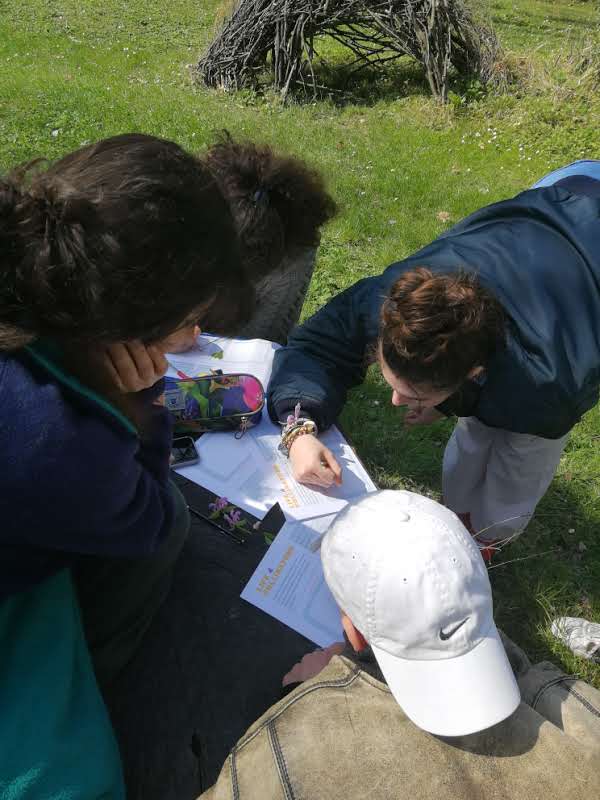In order to do your part to learn about and protect wild pollinators and entomophilous plants, we invite you to participate in our photo submission tool. This is part of our citizen science approach in order to involve people. You can participate by sending us pictures of the pollinators and plants you found in the mediterranean regions.
Before searching for plants and insects, take your field guides with you to know your pollinators and plants. The tools for identification are easy to use. We suggest you to take to the field:
1. A hand lens, to examine plants at close range.
2. A metric ruler, to measure leaves and other small features (or use the ruler included in our fieldguide).
3. A compass and map, to determine the location of your site or use your phone to define your location with GPS-data.
When taking pictures of insects to participate, please be aware what is important for us to validate your pictures. It is best to:
- Choose a good definition. It would be very useful to zoom in to clearly see the wings close-up (venation).
- Choose the frame well. The best is a dorsal or three-quarters close-up, possibly with the insect resting and with the wings open.
- Take multiple photos taken from different angles and distances.
- Include a dimensional reference in at least one photo to understand how big the insect is.
So what is Citizen Science and how does it help with nature conservation?
Citizen Science is a rapidly expanding and diversifying field of innovation with significant implications for, and potential benefits to, society, policy, and various academic research areas. Citizen Science refers to a diverse range of projects with widely different aims and objectives, such as collaboratin in data collection and analysis.
The four core values of Citizen Science:
- Scientific: The value of citizen science is dependent on the quality of data collected. Citizen science projects can be split into two types depending on the quality assurance methods employed:A) verified citizen science, in which observations are checked by experts and B) direct citizen science, in which observations are submitted without verification.
- Educational: The educational benefits of citizen science are found in formal education (mostly children and young people) or as part of informal learning (adults and children).
Citizen Science increases opportunities for mass participation and potentially learning, but there is a risk that the lack of contact decreases engagement. - Societal: Citizen science has the potential to bring society closer to science and to nature, bringing about a sense of ownership and helping create the kind of society that works to protect its natural environment.
- Policy: Citizen science can serve policy makers by raising awareness about an environmental issue and by providing evidence.
Advantages of participating in Citizen Science:
- contribute to science without formal qualification
- record data at your own time and pace
- your data can be used to inform nature and species conservation
- become part of a growing community of citizen scientists
Find out more about Citizen Science within the EU on the EU Citizen Science platform

